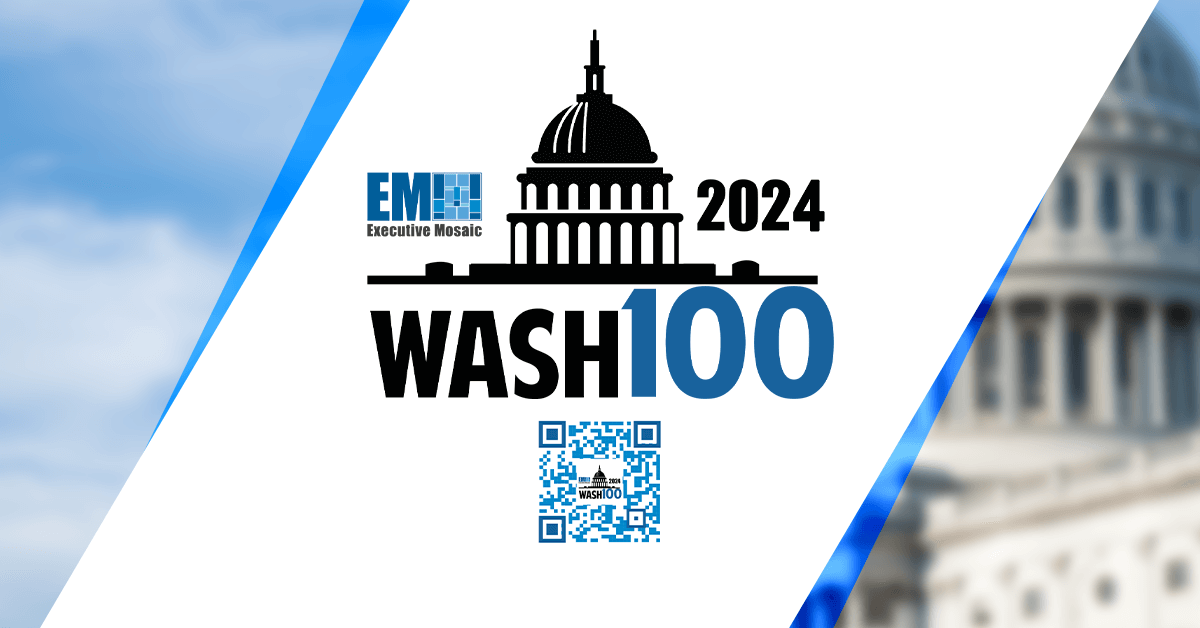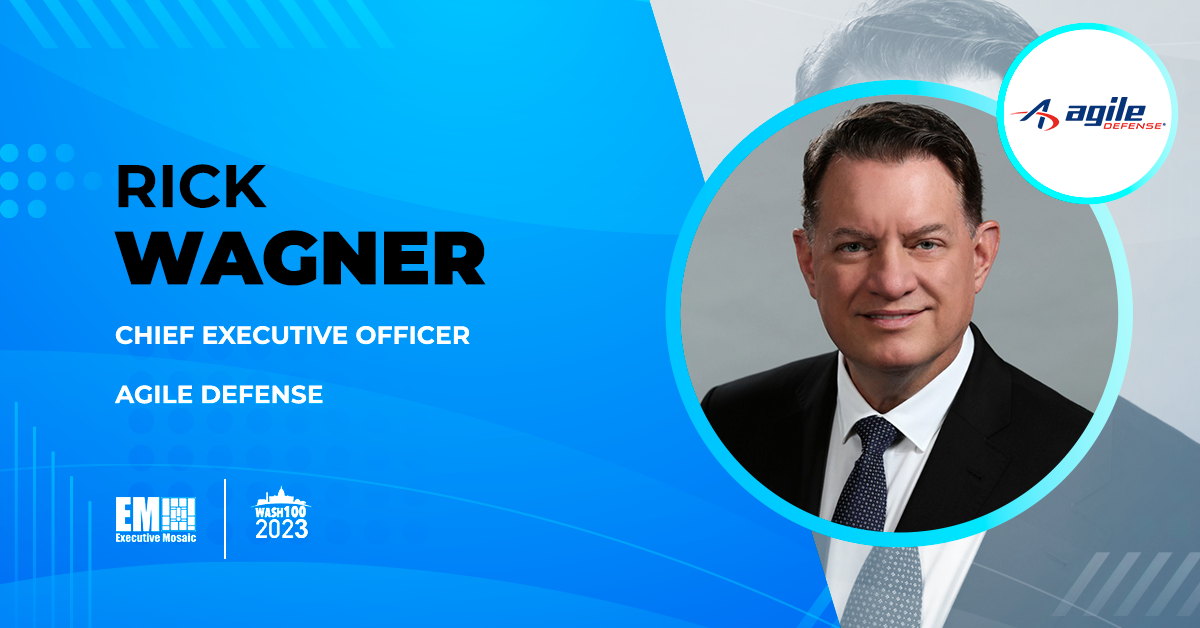It has become a cliché to say digital technology has transformed every aspect of our lives and that businesses need to embrace digital transformation to compete in the marketplace. It has likewise become conventional wisdom to note that government agencies must digitize internal processes and external service delivery to fulfill their missions.
What’s often overlooked is that the same foundational technologies enable all this transformation. The capabilities at the core of consumer apps, enterprise systems, and government operations are more alike than they are different.
As a leading semiconductor provider, Intel provides the building blocks for digital transformation: ubiquitous compute, pervasive connectivity, cloud-to-edge infrastructure, artificial intelligence and sensing. This is one of the many reasons why I was excited to join Intel as vice president and general manager of public sector.
These technologies drive every digital-enabled government function, and they’re all interconnected and interdependent.
I call this interconnection “digital mission infrastructure.” Digital mission infrastructure is what equips your government organization with the end-to-end capabilities it needs to carry out its mandate.
Closing the Gaps in Digital-Enabled Agency Capabilities
Today, many agencies are evaluating advanced technologies, but budgetary realities often require that emerging technologies be layered on top of legacy systems.
That leads agencies to think in terms of specific capabilities, like 5G or Internet of Things, or in terms of specific goals, like system modernization or cybersecurity. You can see this mindset in the way Congress budgets programs and in the way agencies design initiatives.
In other words, many agencies haven’t been thinking about their digital mission infrastructure. Consequently, gaps emerge – between information technology and operational technology, between the goals an agency wants to achieve and the functionalities that enable it to achieve them.
Think of a U.S. Navy warship. All operational, communications and weapons systems on the ship, along with the links to onshore operations, are enabled by the five elements of digital mission infrastructure: compute, connectivity, cloud to edge, AI and sensing. The ship can’t function properly if it’s missing even one of those — nor can it operate effectively if all components aren’t working in tandem.
Digital Mission Infrastructure Use Case
To better understand digital mission infrastructure, let’s briefly explore each component:
Ubiquitous compute – Agencies rely on compute power to manage information, perform analytics, make real-time decisions, and conduct transactions with citizens. Compute is behind literally every government action and citizen interaction.
Pervasive connectivity – Network and internet connections enable agencies to gather and share data, orchestrate operations, respond to emergencies, and better serve citizens. Increasingly, these connections occur anywhere and at any time.
Cloud-to-edge infrastructure – To support a distributed government and military, high-performance compute should be available anywhere we need it, in the cloud or at the extreme edge.
AI – AI leverages all this compute and connectivity to empower agencies to make sense of data streams across constituencies, programs, and organizations. Agencies that fail to apply AI to their mission requirements will limit their effectiveness.
Sensing – Rapid advancements in AI, telemetry, photonics and other cutting-edge technologies are enabling machines to sense the world around us, adopt human-centric capabilities and augment reality.
How can these capabilities come together for government organizations? Let’s look at one use case. In a natural disaster like a wildfire or hurricane, cell towers can easily be damaged. That not only disrupts networks; it also makes emergency response difficult. The telecom provider can bring in a replacement cell tower on a trailer, but that often takes days to deploy, and it doesn’t work in forested or mountainous locations.
A new technique is being field-tested that relies on drones to provide AI-enabled, 5G networking. With this approach, AI intelligently follows emergency responders and their equipment to dynamically maintain cell service. The airborne fleet automatically detects and works around mountains, trees, storms, and smoke, and self-heals if portions of the network are damaged. AI takes into account power consumption, battery life, and range to prioritize rescue teams and expand or shrink the network as necessary.
This life-saving innovation involves the full digital mission infrastructure: compute, connectivity, cloud to edge, AI and sensing, although it isn’t hard to imagine how similar interconnections of these components could power use cases in any agency.
Ultimately, digital mission infrastructure is about seeing the continuum of your agency’s digital capabilities – and the continuum of operations and services. It is about taking a practical approach to closing the gap between the digital and physical worlds. And it is how agencies will need to think about both their IT and their missions going forward.
About GovCon Expert Cameron Chehreh
Cameron Chehreh is Intel’s Vice President and General Manager of Public Sector. He leads a team focused on driving innovation to solve complex mission challenges.
Cameron specializes in leverage the power of modern technology to expand human potential and help organizations digitally transform the way they work – from detecting cancer to protecting borders to providing better services to citizens.
Previously Cameron held senior leadership roles at numerous technology providers, including vice president and CTO for Dell Technologies Federal Systems and founder and CTO of Commercial Cyber Services for General Dynamics Information Technology.
Cameron has been recognized among ExecutiveBiz’s Top Chief Technology Officers in Government Contracting.






